
Arts & Culture
The first Edition of the Locale Symposium “El Alamein Art Festival”
7 Egyptian Artists Showcasing 9 Art Installations Made from Factories’ Scrap , Hosted by Art D’Egypte.
Since Egypt will host the 27th Conference of the Parties of the UNFCCC (COP27) in Sharm El-Sheikh in November 2022, Art D’ Egypte took the initiative approach of sustainability direction to announce the first edition of the opening of the “Locale symposium” as part of Al Alamein Art Festival at IDG E2 Alamein, one of the latest Industrial zones at the North Coast. Nine massive collections of eco-friendly artworks were created after a whole month of workshops by seven artists; they only used factories’ scrap to raise recycling awareness.
Nadine Abdel Ghaffar, the Founder of Art D’Egypte, says: “Egyptian Contemporary artists need our constant support for their work. and every year, there are so many ways that can serve the art in different ways. Therefore, the direction of sustainability will reflect with a great impact, especially given the complexity of the ores.” She added “Contemporary art requires wood, iron, and other materials for the work, so the concept of recycling in the art field will encourage artists to use the raw materials that the industries are no longer use, this will also help in raising more awareness, especially when Egypt has been officially selected to host the UN Climate Change Conference since it’s difficult to convince factory owners with this concept. She also added, “We started this in 2019 when we set up an exhibition on Al-Mu’izz Street with 28 Egyptian artists and it was quite expensive to get all the needed materials.”
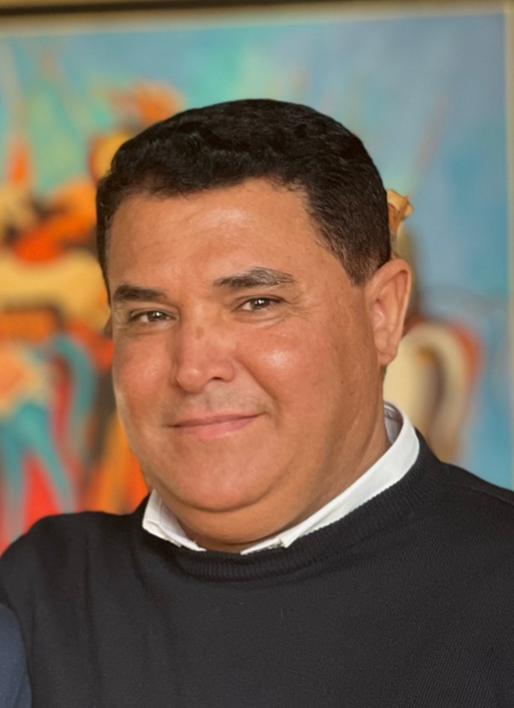
The artist Amaar Sheha, who is a member of the National Art Association, and has contributed to the art movement since 1994, and has held several exhibitions in Egypt and abroad says: “I was inspired with the work of El Alamein city as I had a special vision for my artwork. so I decided to use 80% of my artworks from Alamein. and The goal of my participation in this symposium was to modify the public’s negative perception of the scrap.”

The artist Omar Tosun, who has participated in many exhibitions in Egypt and abroad, and some of his artworks were collected in different museums for example Egypt, France, Spain, UAE, Saudi Arabia, Turkey, India, Mexico, Cyprus, Serbia, Morocco, and Romania, he said: “I did recast the scrap iron, to create an artwork in the form of foliage for a visual deception, and the factories played an important role in encouraging this project to come into the light, and I hope it will encourage the rest of other factories as well to support modern artists.”

At the same time, the artist Husam Zaki has an art collection that exemplifies the confluence of the artist’s imagination and his dedication to ancient history, as many consider Zaki’s artwork to be an expression of a magical world through his dreamy imagination. He also mentions that ancient history has a lot of elements that can be recycled and used in many ways. “I hope that more companies and manufacturers would support this concept of transforming waste into creative artwork that will benefit society,” he said.

Mohamed Ziade, an Alexandrian artist, studied painting and sculpture in Italy, participated in various exhibitions in Egypt and abroad, and his artwork can be found in a variety of locations. like in Utranto de Leche, Italy, Reggio Calabria Academy Museum, Italy, Sharm el-Sheikh Airport, Library of Alexandria, and the Open Museum of Aswan. “Using the material itself to create art out of waste was the most difficult idea to consider.”

The artist Tamer Ragab confirmed that it was his first time having this experience working with factory scrap and stated, “I used plastic palettes, and I’m glad that Art D’ Egypte was able to connect factories and visual artists because it has never happened before, except through this symposium, and it’s a great way to raise awareness of the concept of recycling to add value to the environment.””My visit to the factories was necessary for me to imagine the artwork and understand what kind of raw materials I could use to create my vision for the artwork, So I discovered the aesthetic potential behind the iron waste, and for me, it is one of the most important symposiums I have participated in because it brings together all the artists, society, and the environment,” said artist Marwa Majeed.

Finally, Vivan El Batanone, an artist, was delighted to be a part of the symposium. She has been involved in the plastic movement since 1998. She is interested in expressing human emotions such as love, balance, relationships, and social concepts, power through the use of well-known symbols that carry content and do not refer to the meaning and vocabulary of plastic straight lines and light curves through light and darkness through deeper and placement in a plastic sentence depending on the recipient’s interaction with the artwork to communicate the business.

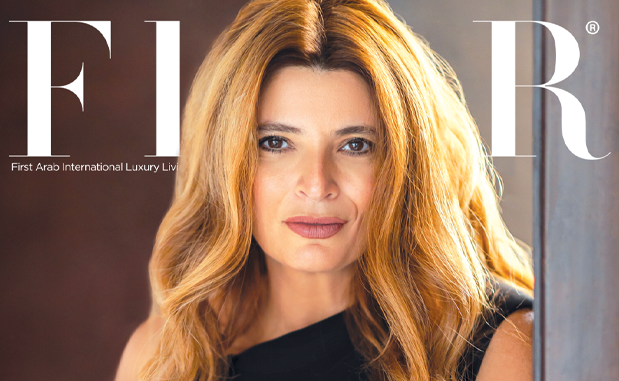



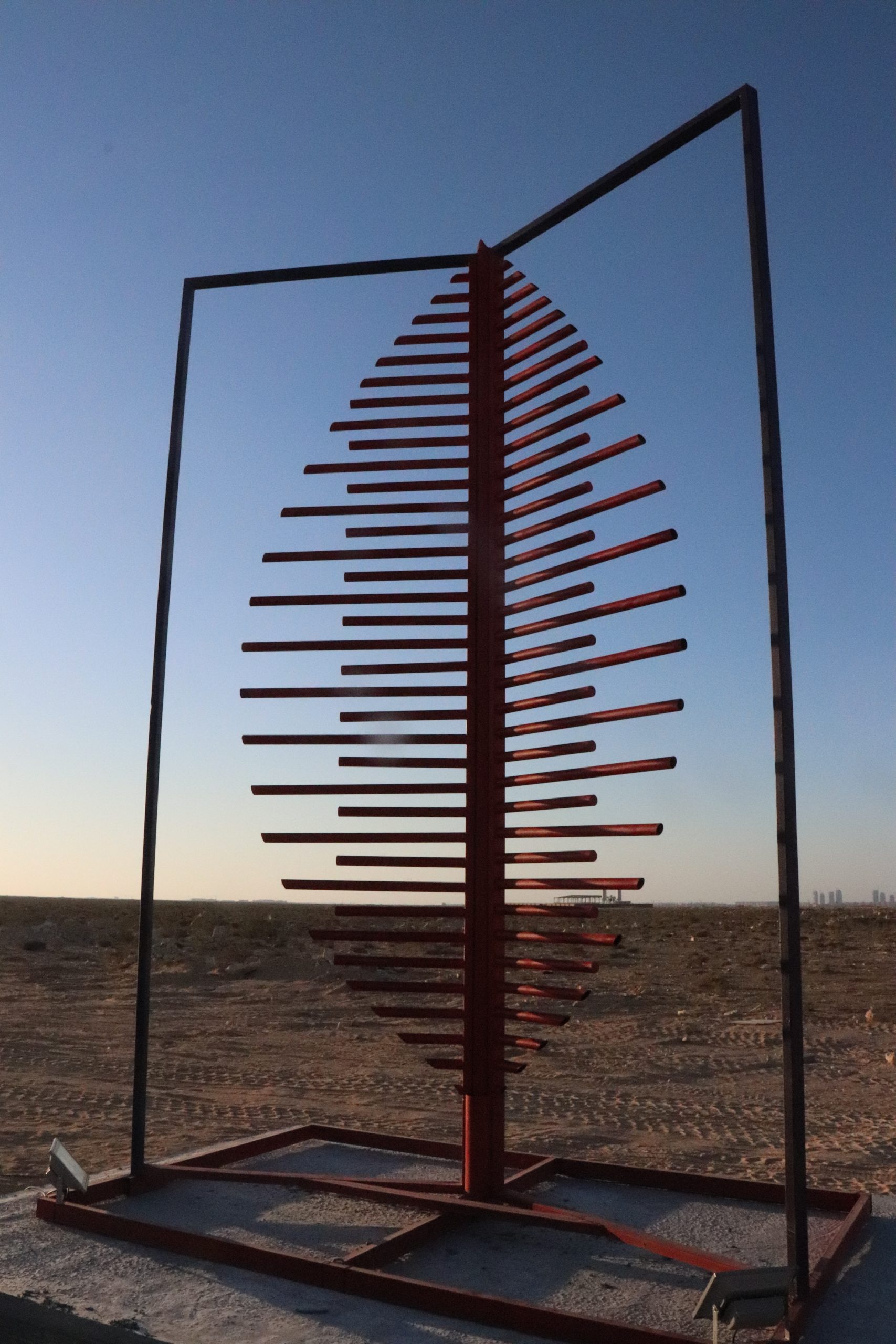


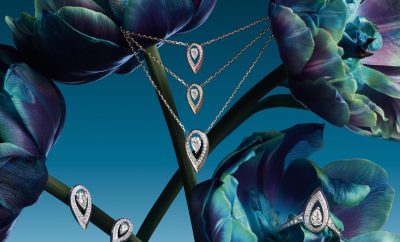
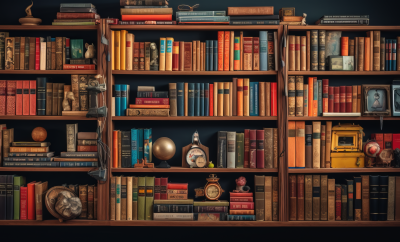




0 comments